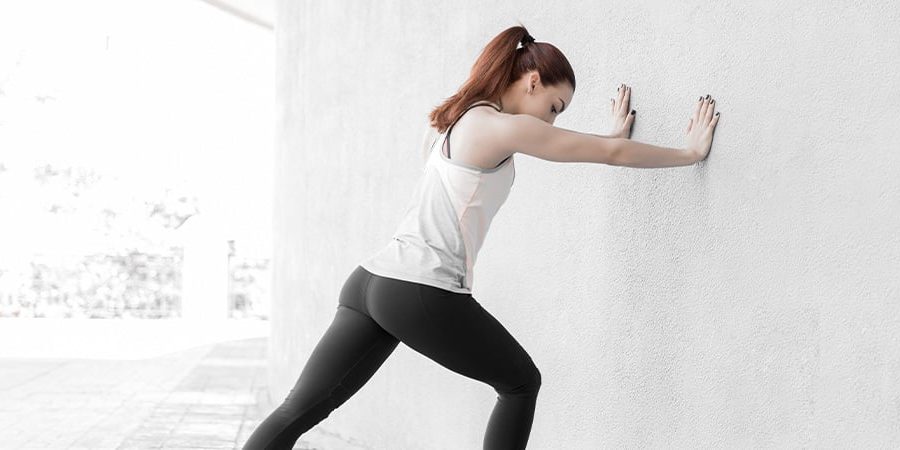In the realm of athletics, particularly for sprinters, the effectiveness of warm-up routines is paramount to achieving peak performance. The study, “Impact of Warm-Up Methods on Strength-Speed for Sprinters in Athletics: A Mini Review” by E Herrera and C Osorio-Fuentealba, published in Frontiers in Sports and Active Living in 2024, sheds light on this crucial aspect. This article aims to delve into the nuances of the study, its methodologies, results, and practical implications for fitness professionals.
The Essence of the Study
Recognising the pivotal role of warm-up in enhancing athletic performance and reducing injury risks, the study embarked on a comprehensive review of various warm-up techniques. It critically evaluated how different warm-up methods influence strength and speed in sprinters, pinpointing practises that could potentially detract from optimal performance, such as static stretching and prolonged massages.
Methodology at a Glance
Through extensive literature review and observations from national and international championships, the study categorised warm-up methods into several types, including foam rolling, static and dynamic stretching, pre-competitive massages, vibration platforms, isometric exercises, eccentric exercises, jumping warm-ups, and Post-Activation Potentiation (PAP). Each method was scrutinised for its impact on sprint performance, with particular attention to its effects on flexibility, strength, and power.
Key Findings
- Foam Rolling: Increases range of motion without impairing performance, though its optimal implementation remains uncertain.
- Static Stretching: While improving flexibility, it negatively impacts strength and power, adversely affecting sprint performance.
- Dynamic Stretching: Enhances muscular performance and flexibility, showing more favourable effects compared to static stretching.
- Pre-Competitive Massages: Found to have no positive effects on maximum strength, jumps, balance, and agility, with prolonged massages negatively impacting lower limb strength and sprint performance.
- Vibration Platforms: Improve flexibility and certain explosive strength characteristics, though their efficacy as an ergogenic aid in sprints is questioned.
- Eccentric Exercises and PAP: Both methods showed acute performance increases, beneficial for sprinters.

Practical Implications for Fitness Professionals
For fitness professionals training sprinters, the study underscores the importance of selecting warm-up methods that align with the physiological demands of sprinting. Here are practical tips based on the study’s findings:
- Prioritise Dynamic Over Static Stretching: Incorporate dynamic stretching into warm-ups to enhance flexibility and performance without compromising muscle strength.
- Use Foam Rolling With Caution: While beneficial for range of motion, ensure foam rolling is not overly extensive to avoid potential negative impacts on sprint performance.
- Minimise Pre-Competitive Massages: Given the lack of positive effects on performance and potential detriments to strength and sprints, limit the duration and frequency of pre-competitive massages.
- Incorporate PAP Techniques: Consider integrating exercises that induce Post-Activation Potentiation, such as submaximal squats, to enhance sprint performance.
- Tailor Warm-Up to Individual Needs: Recognise that the optimal warm-up varies between athletes. Customisation based on individual responses and preferences can yield the best performance outcomes.
The “Impact of Warm-Up Methods on Strength-Speed for Sprinters in Athletics: A Mini Review” provides invaluable insights into optimising warm-up routines for sprinters. By judiciously selecting warm-up strategies that enhance power without impeding flexibility or strength, fitness professionals can significantly elevate their athletes’ sprint performances.
References
E Herrera, C Osorio-Fuentealba (2024). Impact of Warm-Up Methods on Strength-Speed for Sprinters in Athletics: A Mini Review. Frontiers in Sports and Active Living. Click here to review the full research article
Gain Maximum Mobility & Master the Art of Advanced Stretching
Unlock the full potential of flexibility and mobility with our Advanced Stretching Course. Designed for fitness instructors aiming to elevate their training expertise, this course offers a deep dive into advanced stretching strategies and techniques. From progressions and equipment stretches to comprehensive stretching matrices, you’ll gain the skills to enhance your clients’ performance, reduce muscle tension, and prevent injuries. With our limited-time offer, you can start this transformative journey for just £149 or from £42/month. Don’t miss out on the chance to expand your fitness repertoire and empower your clients to achieve their best. Enrol now and stretch your capabilities further!
Advanced Stretching Course – In-Person & Live-Virtual
